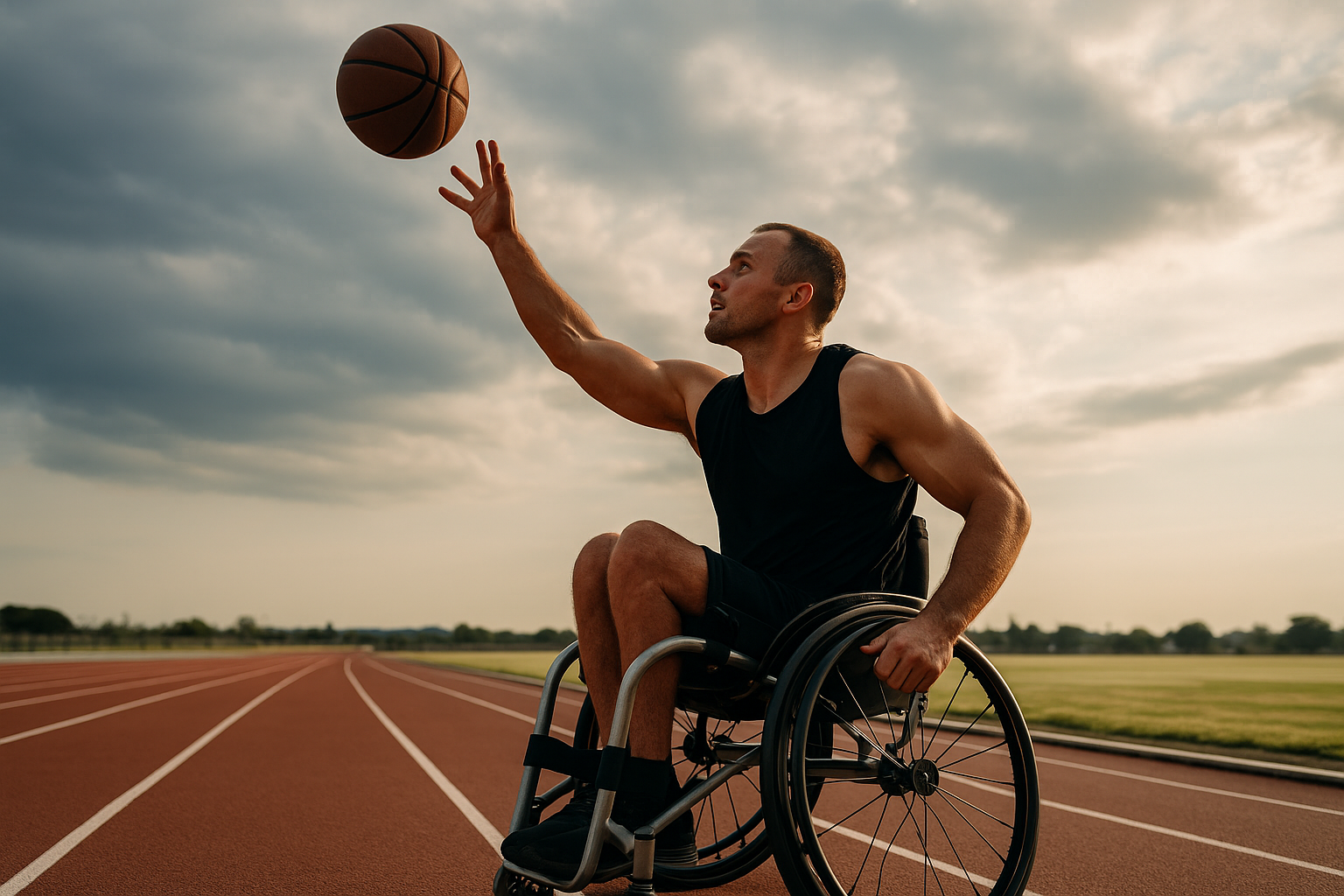Breaking Barriers: The Rise of Adaptive Sports
In the world of sports, the concept of ability has evolved significantly. With the advent of adaptive sports, athletes with varying physical capabilities can now compete in a platform that celebrates their unique skills, resilience, and spirit. In this comprehensive exploration of adaptive sports, we delve into its origins, current trends, and the impact it has on athletes and society as a whole.

Adaptive sports is a dynamic domain where inclusivity, innovation, and competitive spirit thrive. It brings together individuals with diverse abilities to participate in sports that are modified or created to accommodate their unique physical capabilities. With the rise of adaptive sports, the world of athletics has been revolutionized, breaking barriers and challenging stereotypes about disability and sportsmanship.
A Historical Perspective: Origins of Adaptive Sports
The roots of adaptive sports can be traced back to the aftermath of World War II when sports were used as a rehabilitation tool for war veterans. The Stoke Mandeville Games held in 1948 is often cited as the birthplace of organized adaptive sports. Since then, this realm has expanded exponentially, paving the way for the Paralympic Games and various national and international adaptive sports organizations.
The Landscape of Adaptive Sports Today
Adaptive sports today encompass a wide variety of disciplines, from wheelchair basketball and track and field to adaptive skiing and water sports. With advancements in technology and design, adaptive sports equipment has also evolved, enabling athletes to compete at high performance levels. Moreover, the proliferation of adaptive sports programs worldwide has made these sports more accessible to individuals with disabilities.
The Power and Potential of Adaptive Sports
Adaptive sports offer much more than an avenue for competition. They provide opportunities for personal growth, empowerment, and social inclusion. Athletes participating in these sports often report improved self-esteem, independence, and quality of life. Furthermore, adaptive sports also play a vital role in challenging societal perceptions about disability, promoting a more inclusive and diverse sports culture.
The Challenges and Future of Adaptive Sports
Despite the progress made, adaptive sports face several challenges. Accessibility issues, lack of awareness, and inadequate funding are some of the hurdles that need to be addressed. However, the future of adaptive sports looks promising with growing recognition, increasing participation rates, and technological advancements.
Adaptive sports are a testament to the human spirit, resilience, and the power of sports to transcend barriers. As we continue to evolve and innovate, the landscape of adaptive sports promises to become even more diverse and inclusive, echoing a future where everyone, regardless of ability, can revel in the joy of sports.



